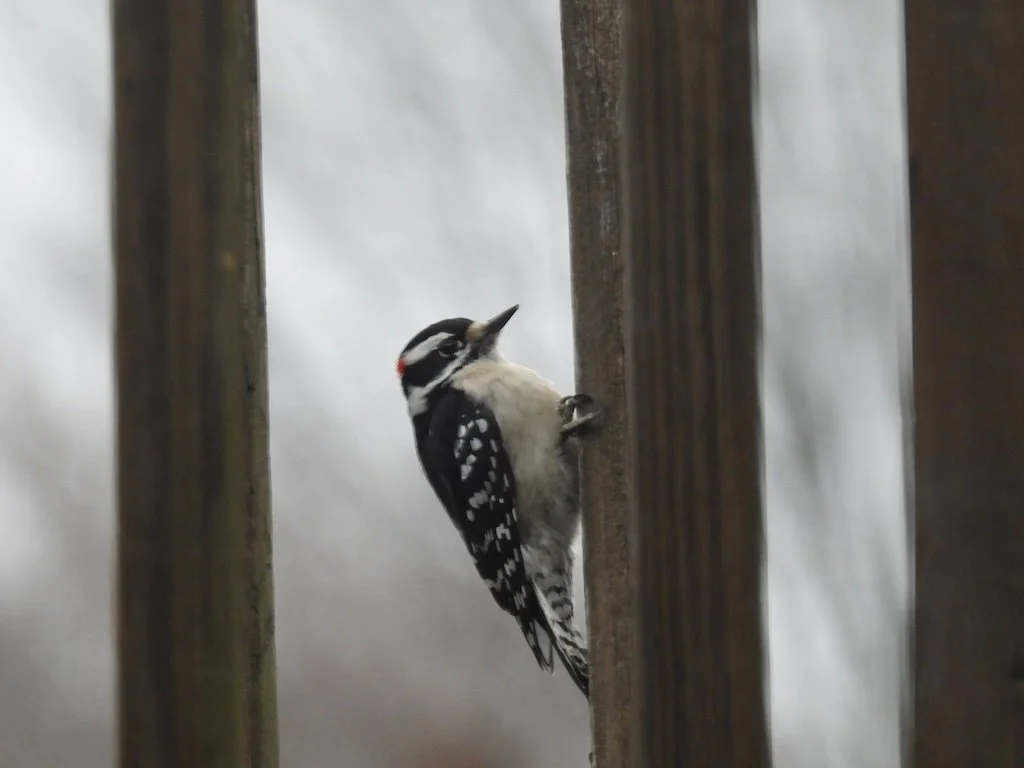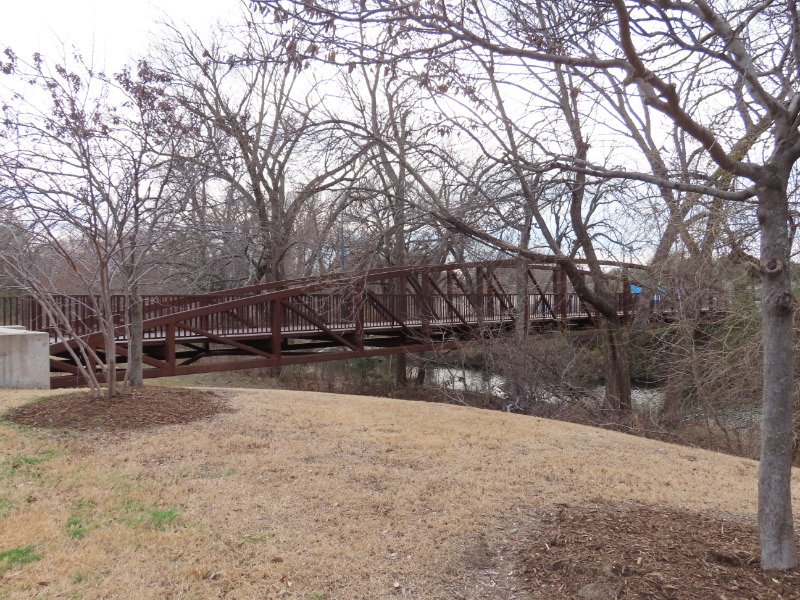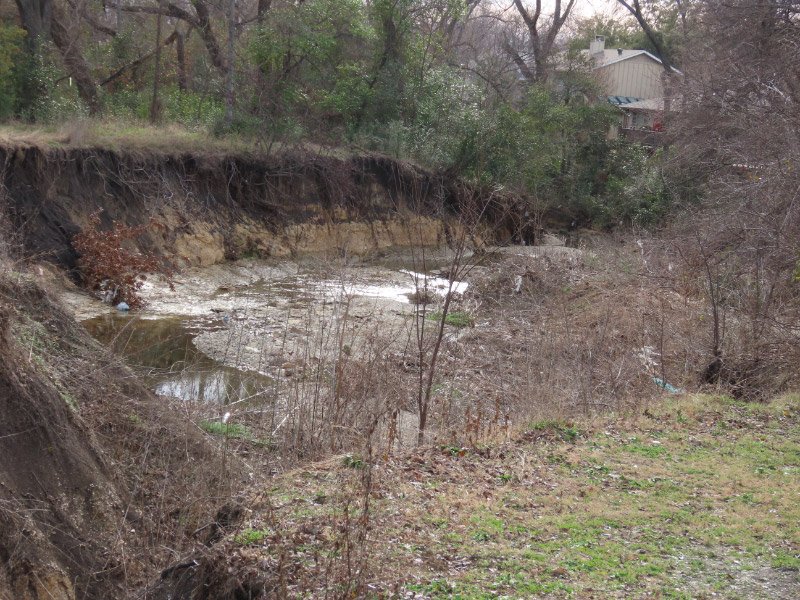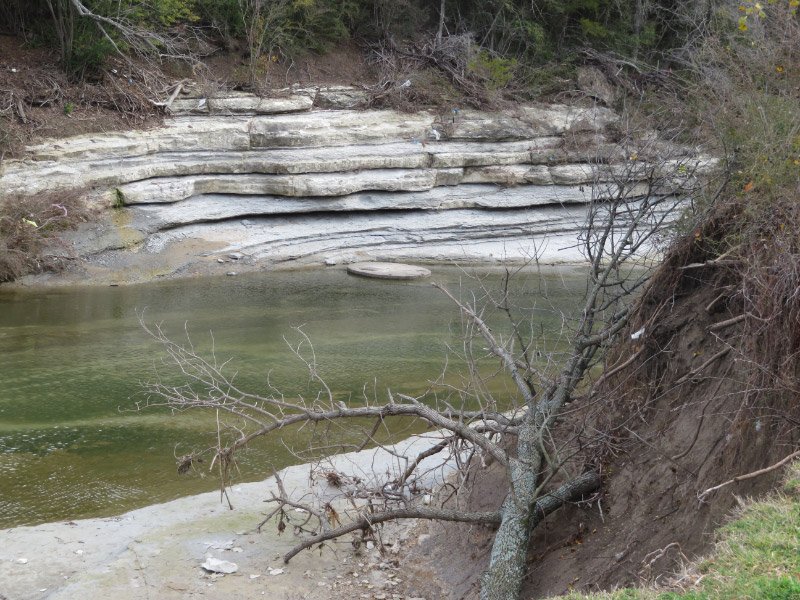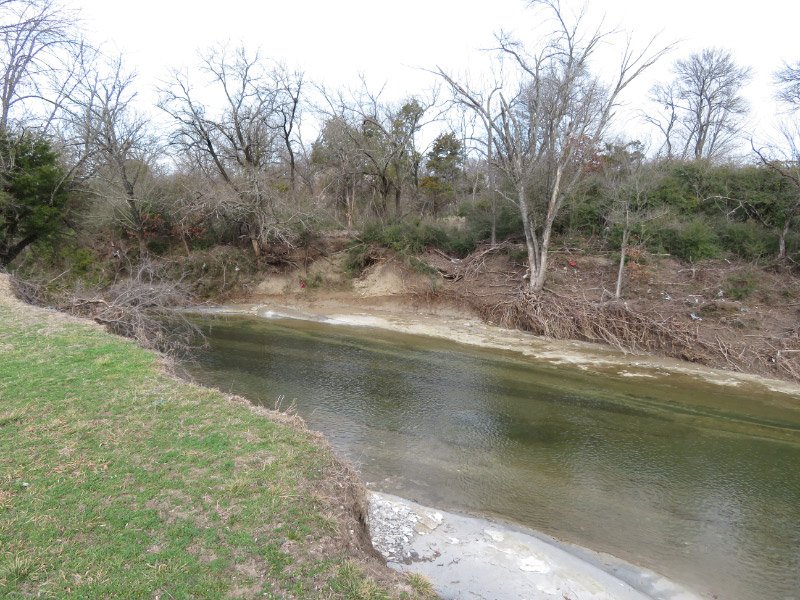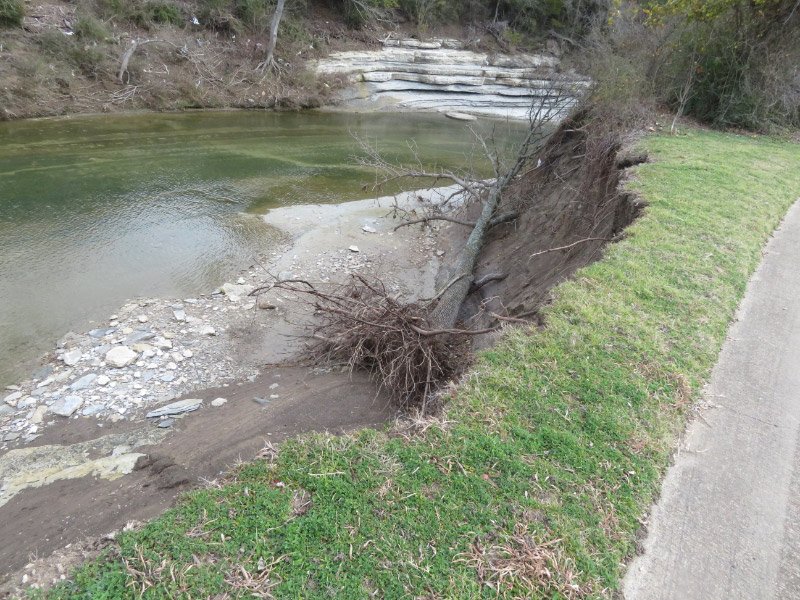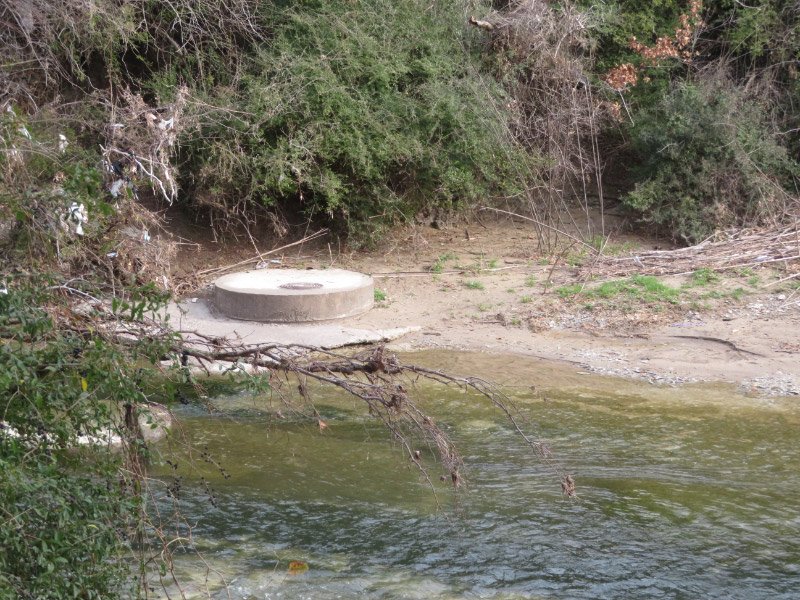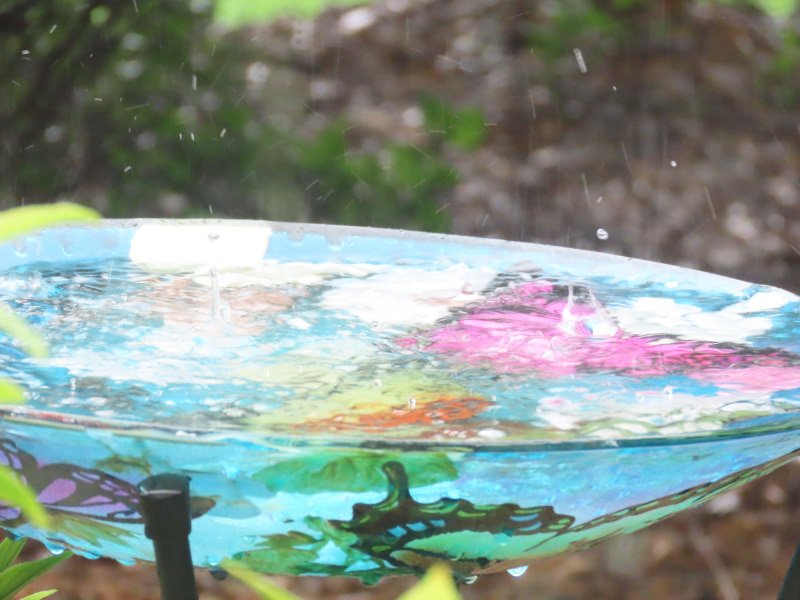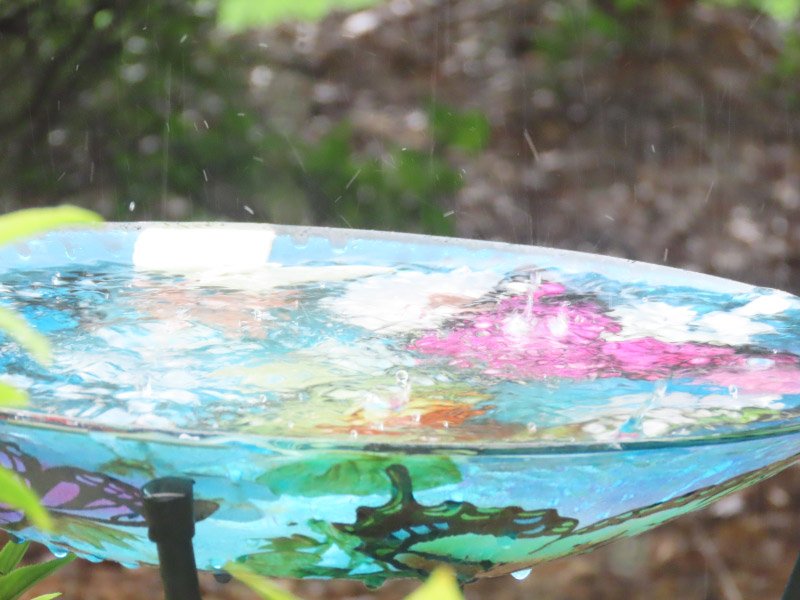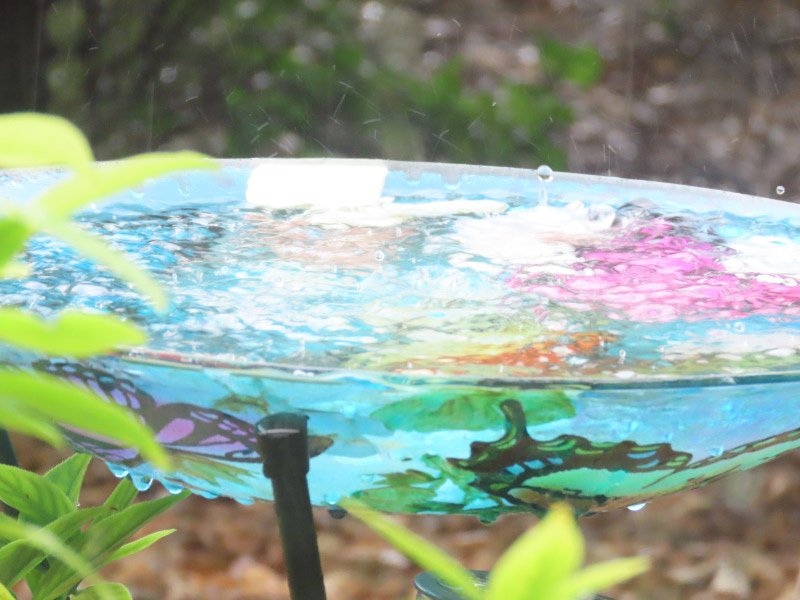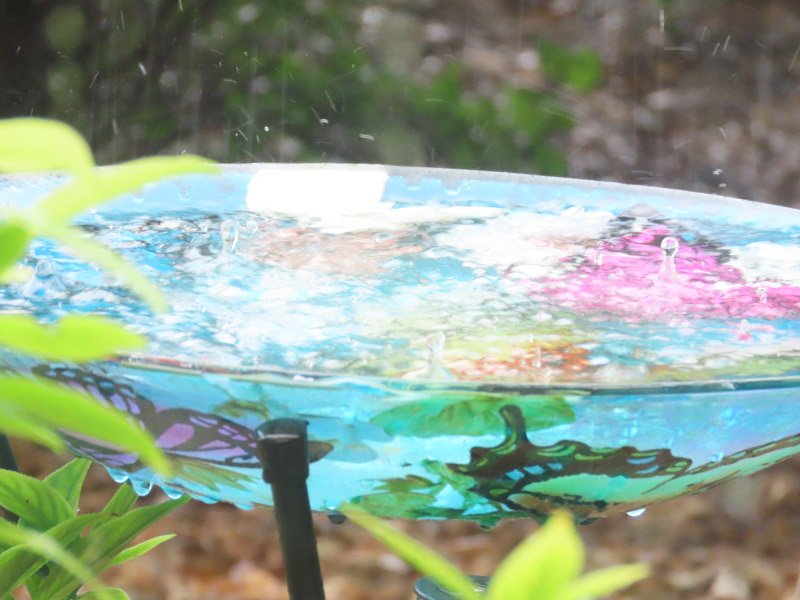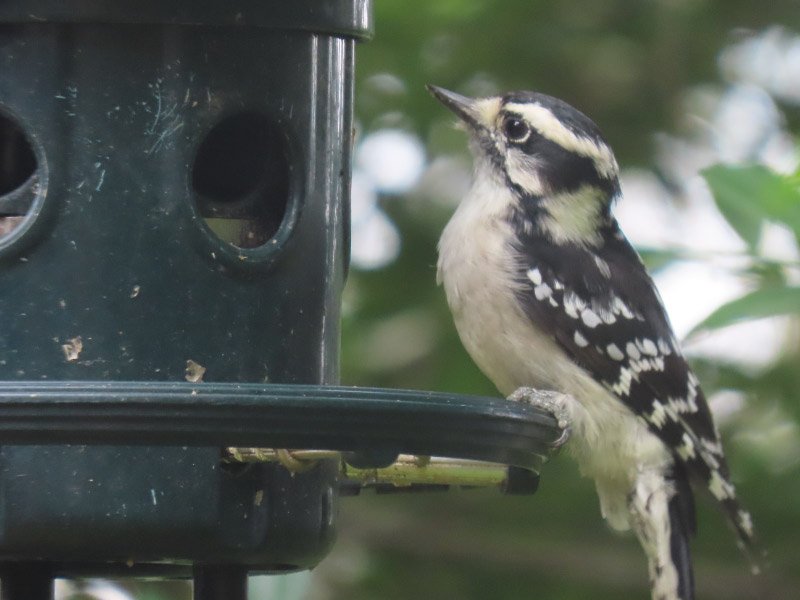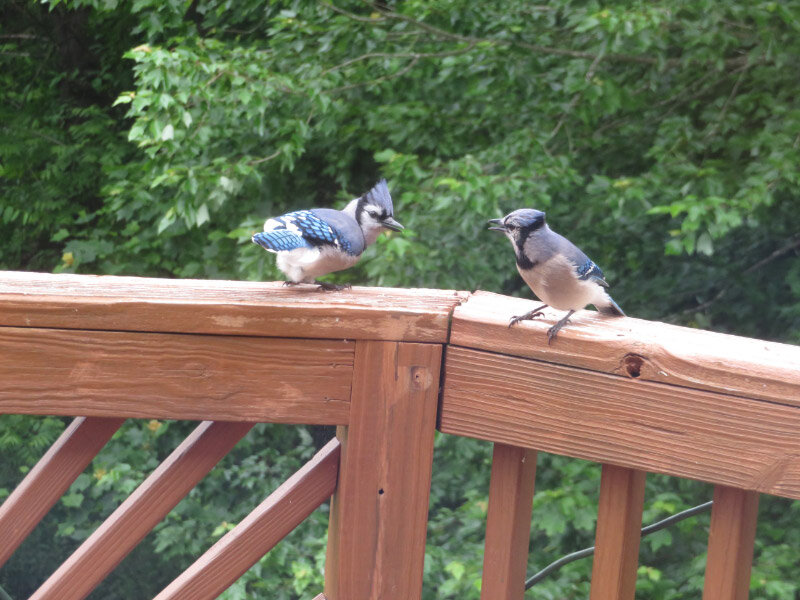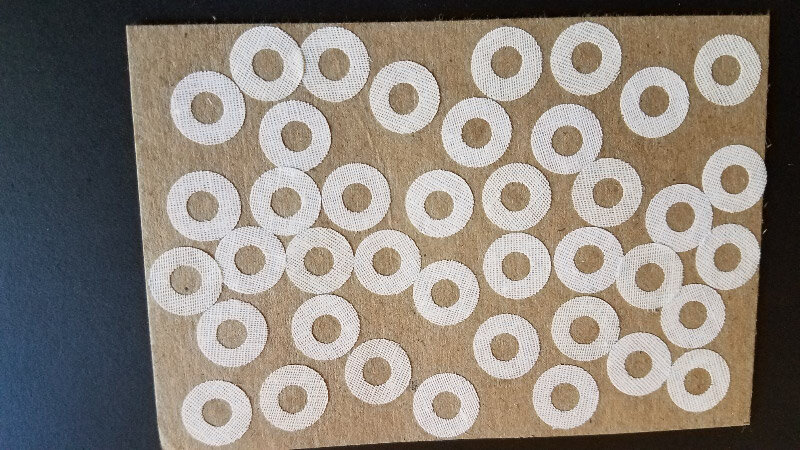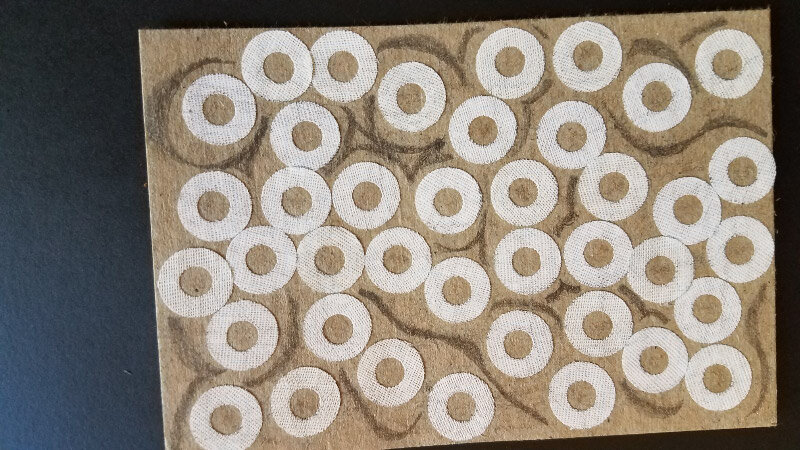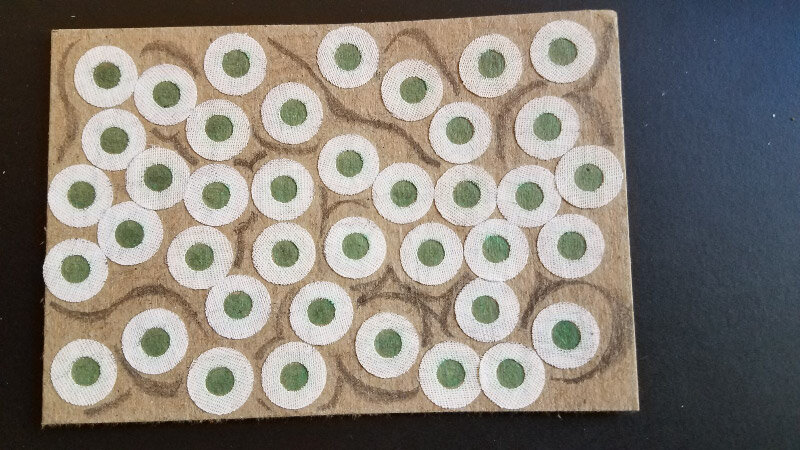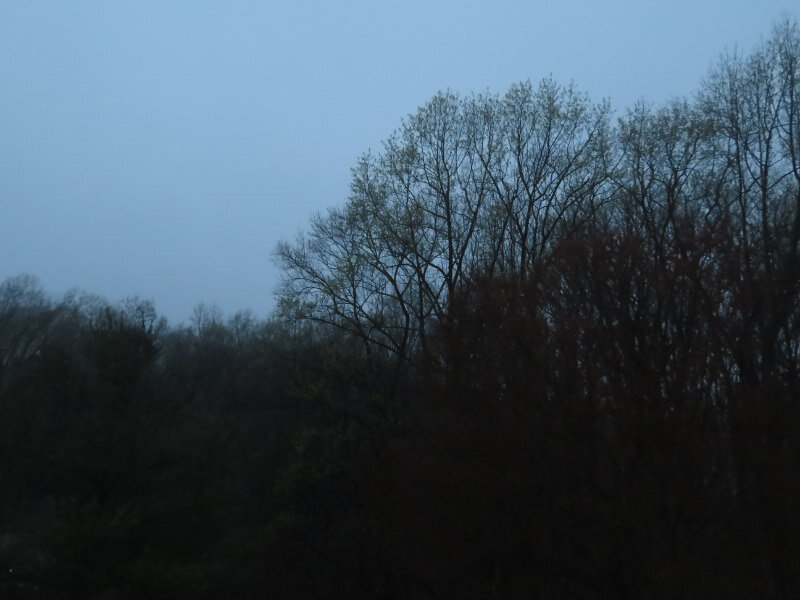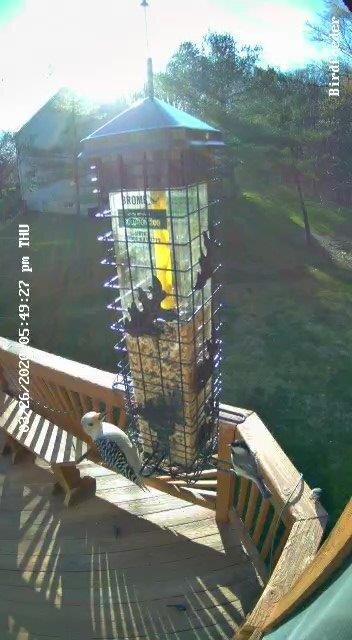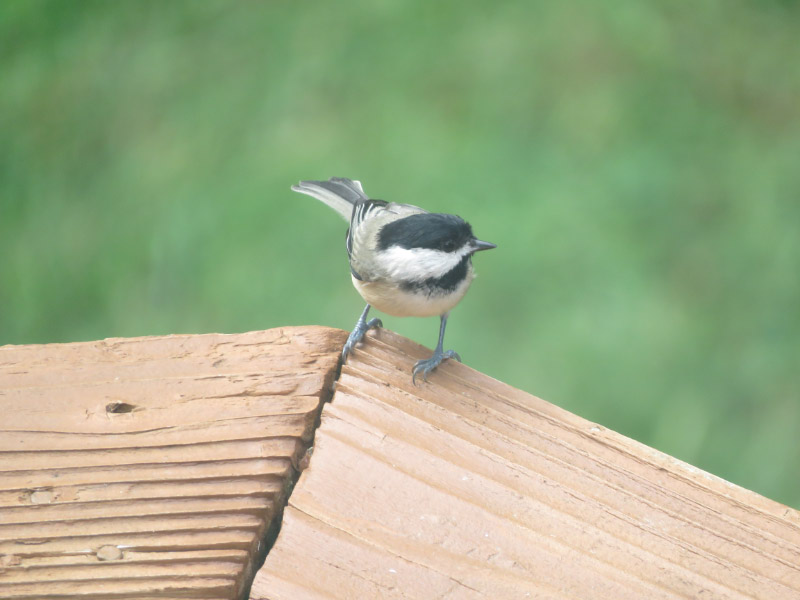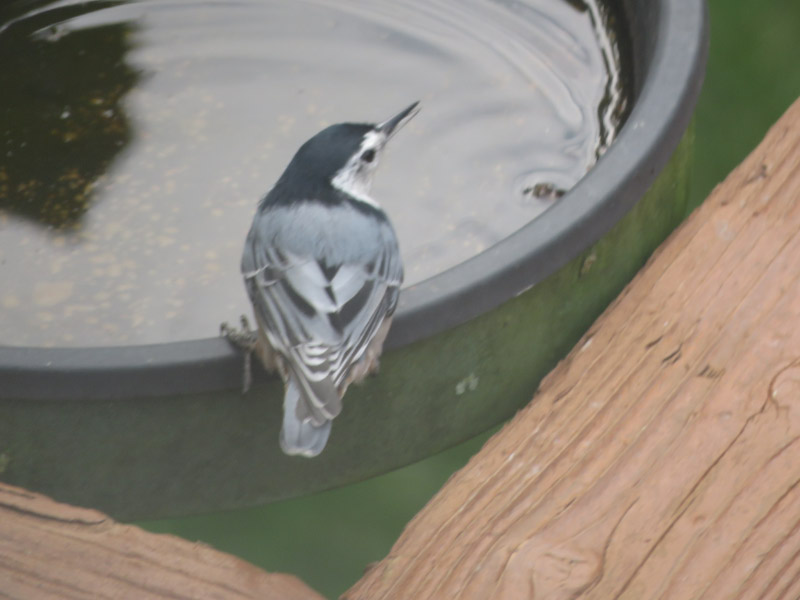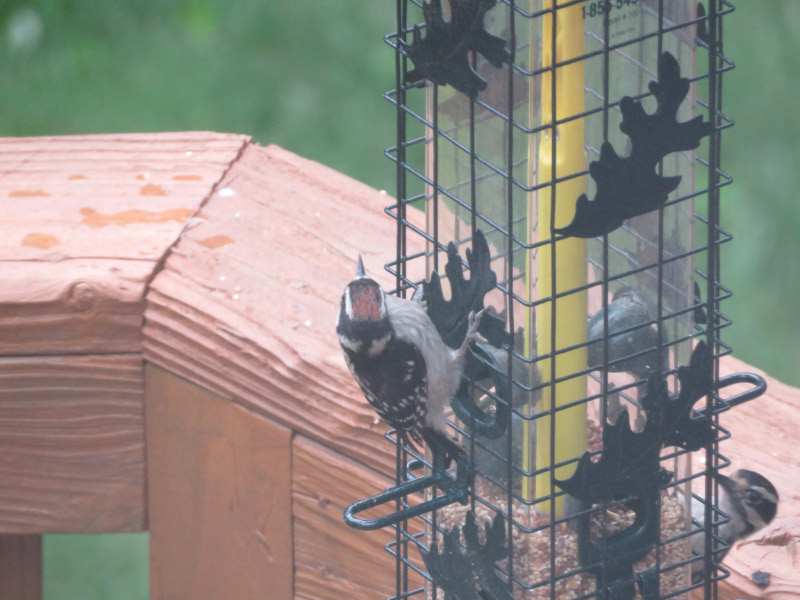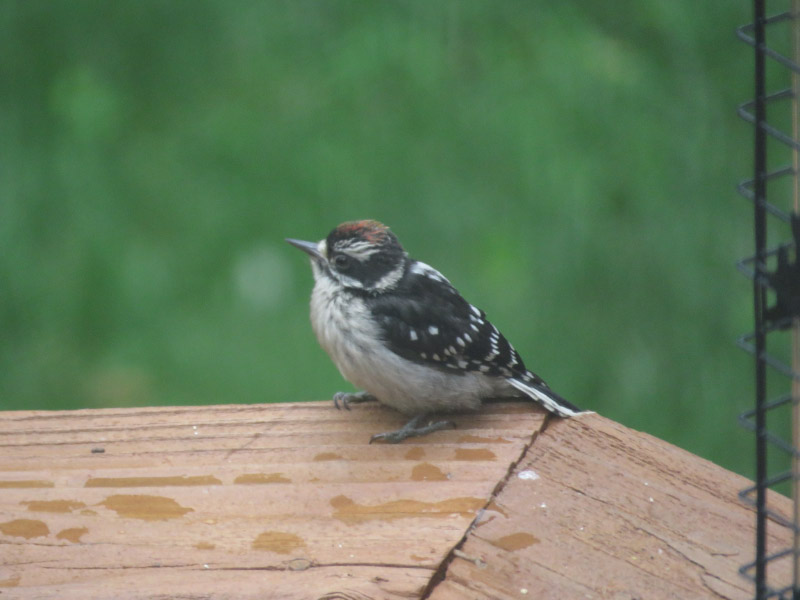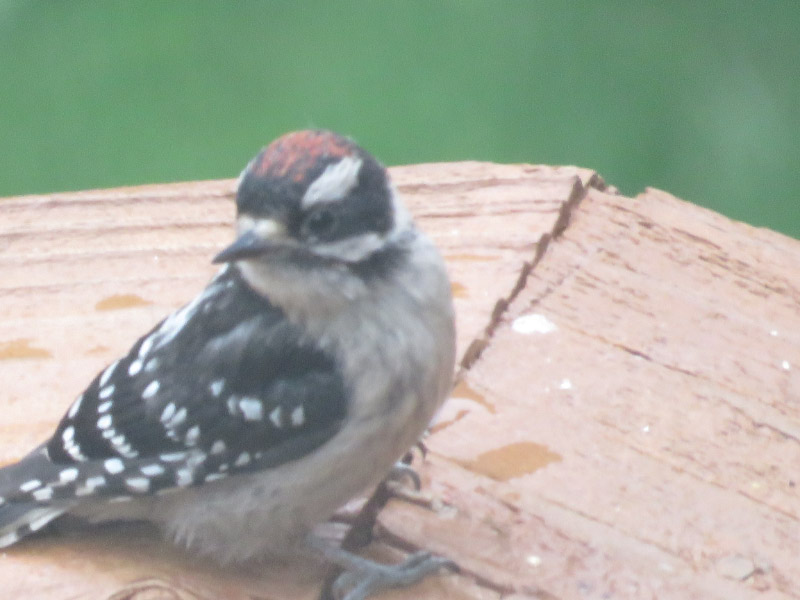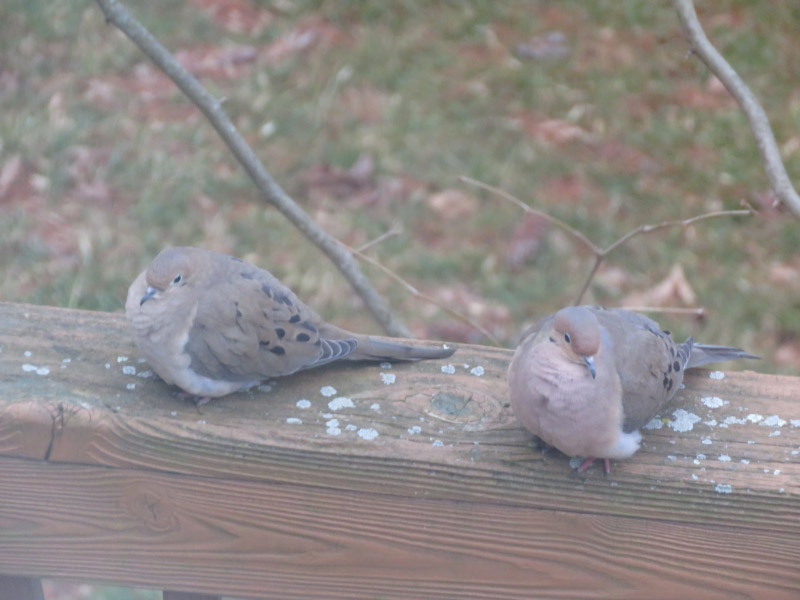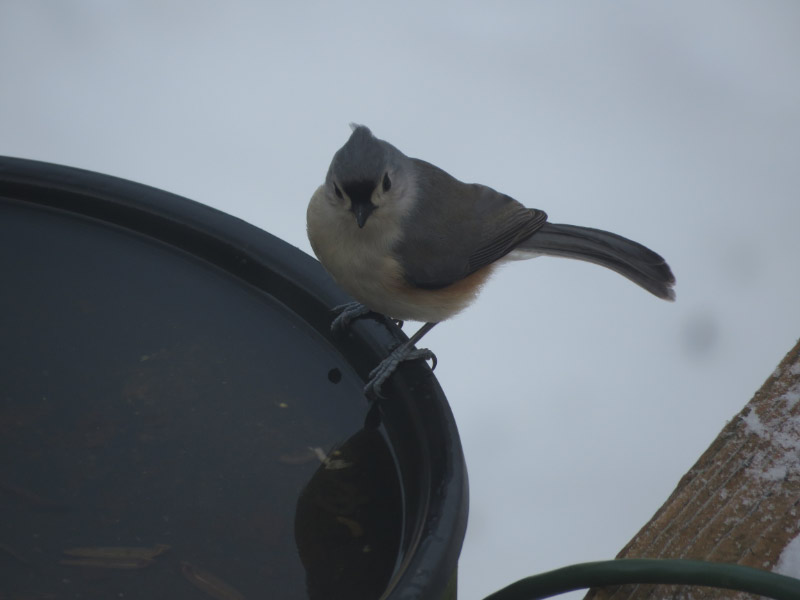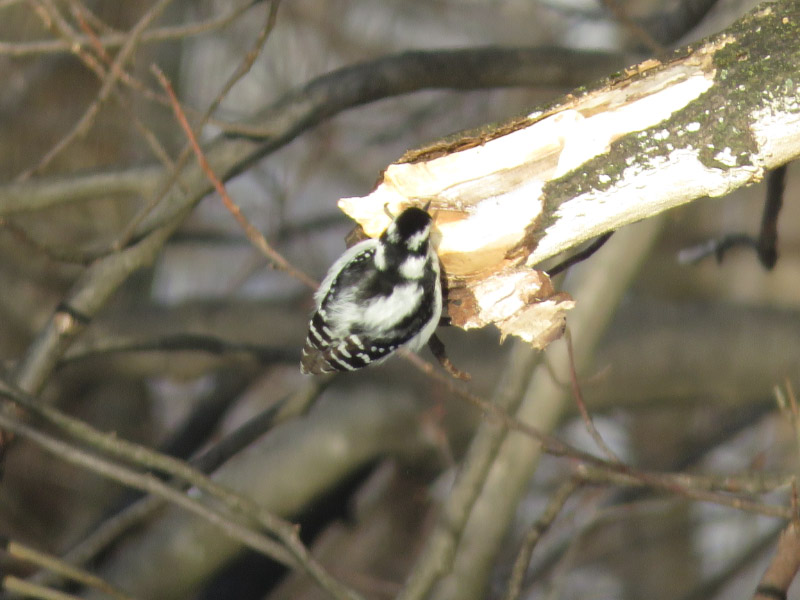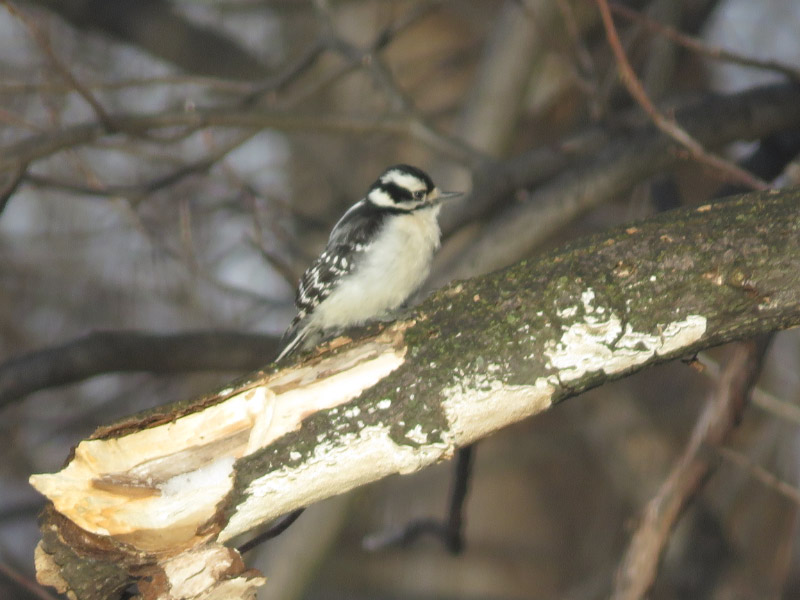The items below were ‘the cream’ of the articles and websites I found this past week. Click on the light green text to look at the article.
Listening to Silence: Why We Must Protect the World’s Quiet Places - Yale E360 – I realized after 9/11 that most of the modern world sounds at my house are from transportation: planes/helicopters and cars/trucks with occasional yard equipment. While we had a stay-at-home order with this pandemic, it became noticeable as well. There are still times when those noises are subdued or gone. I notice the bird songs in the early morning…when the other sounds don’t intrude. As we skew more toward electric ground transportation….the noise level will notch downward. I enjoy the natural sounds a lot more than our man-made ones.
Declining eyesight improved by looking at deep red light -- ScienceDaily – I wonder if this is something doctors will start prescribing!
Why your organs might reach 100 even if you don't - BBC Future – A summary of some current research areas re aging. There are a lot of different approaches with the primary goal of most being to extend healthy lifespan. Even if different organs age at different rates…they are interrelated to the body they comprise.
Maryland offshore wind farm could become stop-over for migrating sturgeon, striped bass -- ScienceDaily – I live in Maryland….so this story grabbed my attention. Will the offshore windfarm become a rest stop for fish? And they will offer a convenient infrastructure for researchers to collect data.
Where Will Climate Migrants Go? – THE DIRT – It’s something to think about now. Some coastal cities are already experiencing more flooding even without unusual storm events…and people that can move will probably do so. Will climate trends weigh in decisions about where they move? The article talks about cities and towns in the Midwest that have experienced declining population becoming ‘receiver’ locations. I wondered if people that have discovered that they can work from home during the pandemic – and can continue to do so – will be freer to move to these new locations and still have the same employer! Otherwise there is the challenge of how to sync moving to a new place with a new job.
The chemistry of cats: Allergies, catnip and urine – Compound Interest – Evidently male cats produce higher levels of allergen and have smellier urine…unless they have been neutered.
Ways to keep buildings cool with improved super white paints -- ScienceDaily – White roofs should probably become the norm….it will be hot enough without the added heat island effect caused by a lot of man-made structures with dark roofs.
How humans are altering the tides of the oceans - BBC Future – It’s happening around the world. Dredging river channels and filling in coastal wetlands cause shifts in how tides interact with the land. And then there is sea level rise too. Some places cited in the article that have experienced dramatic change: Cape Fear River in North Carolina (tidal range at Wilmington has doubled since 1880) and the same is true for St. Johns River/Jacksonville Florida. Sacramento’s tides disappeared in the late 1800s because of silt but dredging brought them back and the Thames tidal range was 2 meters during Roman times and 8 meters by the Victorian age.
Meet the Mountain Chickadee – We have mostly Carolina Chickadees where I live in Maryland…this is their relative in the western US (mountains).
Ancient Maya reservoirs contained toxic pollution: Mercury, algae made water undrinkable in heart of city -- ScienceDaily – Mercury from pigments used on Mayan building. Cyanobacteria blooms that made the water smelly and toxic. Not pleasant for a city center!
Unique Activities for Yesterday:
Regenerative Landscaping lecture (via zoom). The lecture was about an hour and my big take away was about the huge environment cost of lawns…and the many dimensions of that cost. The one I hadn’t thought much about before was from the California Air Resources Board fact sheet on Small engines in California (small engines being spark-ignition engines in things like lawn mowers). Their fact sheet says: “In the early 2020s, however, total smog-forming emissions from small engines are projected to exceed those from passenger cars in the South Coast Air Basin because passenger car emissions will continue to decrease. By 2031, small engine emissions will be more than twice those from passenger cars.” For comparison – they show 1 hour of lawn mowing emits as much smog-forming pollution as driving a Toyota Camry 300 miles! This must be an issue in all areas where there is a lot of mowed turf grass – kike most suburbs. There are multiple ways to address the problem and the one discussed in the meeting was transitioning to less lawn or lawn that does not need to be mowed as frequently (or at all). Another way would be to transition to electric mowers and other yard equipment. Right now – the only gasoline powered equipment I have is the mower. I’d been thinking about an electric mower because I don’t like the noise and smell of our current machine. So - this overall air quality issue is just one more reason to do it.
Enjoyed a slideshow of Armand Guillaumin (1841 – 1927) paintings available on Internet Archive here. He was a French impressionist painter and lithographer.




